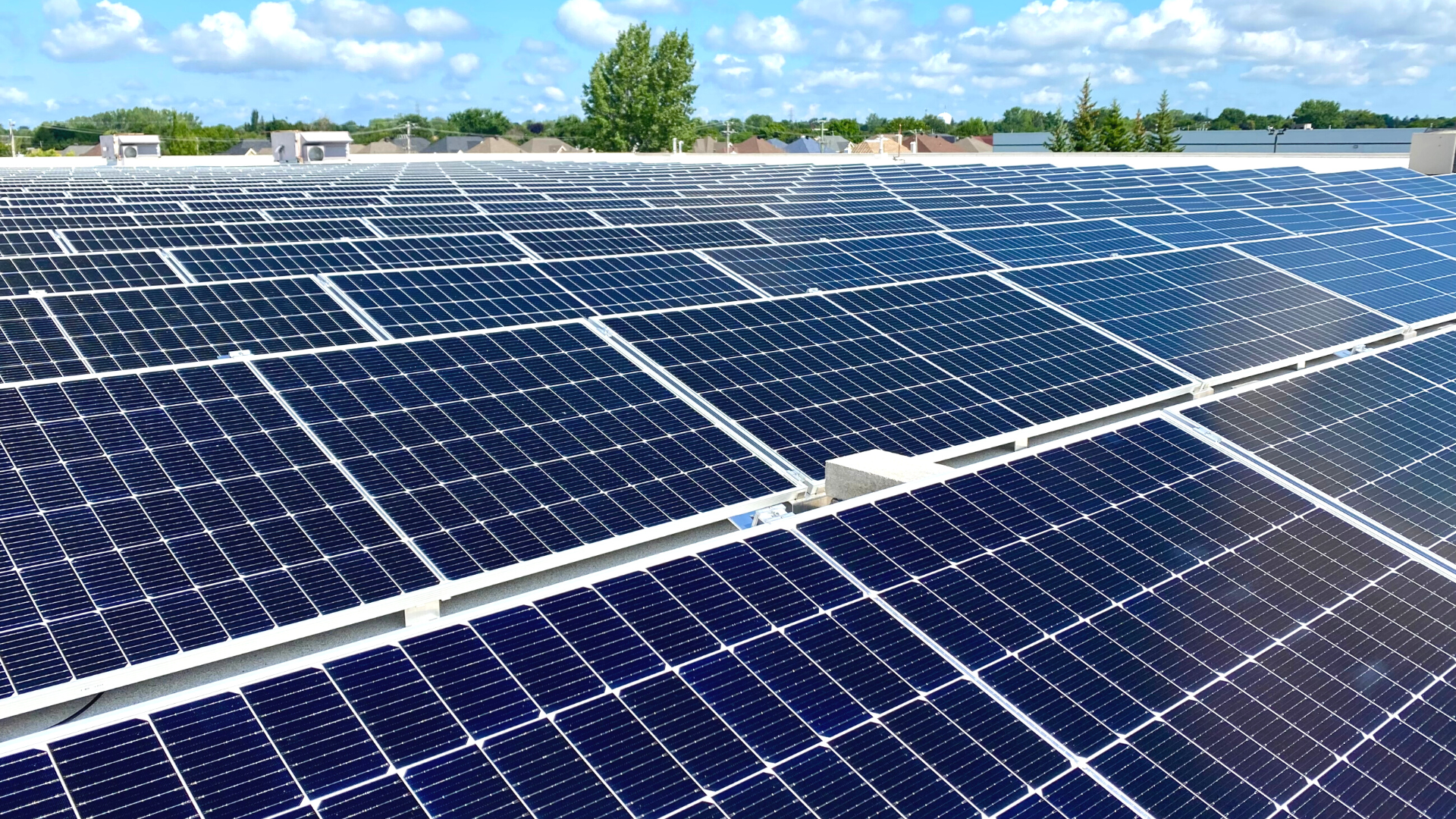Carbon Offset Programs and Credits
Carbon Offsetting Solutions for Environmental Markets
Carbon offset programs are sustainability instruments designed to mitigate climate change and compensate for emissions in the earth’s atmosphere. A carbon offset refers to a reduction in GHG emissions, or an increase in carbon storage. A carbon offset credit is a transferrable credit certified by governments or certifying bodies to represent an emission reduction of one metric tonne of CO2, or an equivalent amount of other GHGs. Carbon offsets enable organizations to pursue emissions reduction targets without having to make drastic changes to ongoing business operations.
Operating out of Targray’s North America and Europe trading desks, our Environmental Commodities team works together with partners to implement effective carbon offsetting solutions, ensuring dollars invested will have the greatest possible impact on the climate and local communities. Get in touch with our experts to learn about acquiring carbon offset credits, or for more information about our carbon offset programs.
How is a Carbon Offset Produced?
A carbon offset is produced when companies, institutions, or individuals remove CO2 emissions from the atmosphere. Carbon offset programs for sequestration, storage and reduction projects include land use and reforestation, carbon and methane capture and sequestration/storage projects, and carbon market mechanisms that turn emissions into commodities.
Organizations and individuals emitting CO2 emitting may purchase carbon offsets, which are generally traded in voluntary carbon market (VCMs) but can also be found in compliance markets in jurisdictions around the world.
Carbon offsetting involves purchasing carbon offsets, which represent a reduction of one metric ton of CO2 or equivalent greenhouse gas emissions. These offsets are generated through projects that either directly reduce emissions, such as by investing in renewable energy or energy efficiency measures, or by removing CO2 from the atmosphere, such as through reforestation or agricultural projects.
Offsetting Programs
There are various carbon neutralizing programs available, each with its own set of criteria and standards. To ensure credibility, third-party verification of offset projects is provided by well-known programs such as the Climate Action Reserve, the American Carbon Registry, and the Gold Standard.
Carbon offset companies play a vital role in the carbon neutralizing process, helping businesses and individuals navigate the complex world of carbon markets and find the best offset projects for their needs.
Process of Offseting
To begin the carbon offsetting process, calculating a carbon footprint is an essential first step, enabling businesses and individuals to comprehend the extent of their emissions and pinpoint areas for reduction. Carbon set off companies often offer carbon footprint calculators, which can help businesses and individuals estimate their emissions and identify ways to minimize them.
Carbon offset credits, along with their accompanying carbon offset calculation, are the currency of the carbon offset market, representing a reduction of one metric ton of CO2 or equivalent greenhouse gas emissions. These credits, which incorporate the necessary calculations, can be traded on carbon markets, such as the Chicago Climate Exchange or the European Union Emissions Trading Scheme, enabling companies to buy and sell offsets to meet their emissions targets.
Carbon offsetting is not a silver bullet solution to climate change, but it is a valuable tool in the fight against global warming. Businesses and individuals can take tangible steps towards becoming carbon neutral and minimizing their impact on the environment by investing in projects that reduce emissions or remove CO2 from the atmosphere.
Tree planting is the most common type of Carbon Exchange project, as it not only sequesters carbon but also provides a variety of social and environmental benefits, such as improved air and water quality, habitat creation, and erosion control. Renewable energy, energy efficiency, and methane capture are other popular types of offset projects.
Clean energy is another important aspect of the carbon offsetting process, allowing businesses and individuals to reduce their reliance on fossil fuels and switch to cleaner, more sustainable energy sources. Renewable energy projects, such as wind, solar, and hydropower, are often used as carbon exchange projects, as they directly reduce greenhouse gas emissions.
It is crucial to note that not all carbon offset projects are equal, and it is important to carefully evaluate the environmental and social benefits of a project before investing in it. Some carbon offset programs, such as the Gold Standard and the Verified Carbon Standard, have strict criteria for offset projects, ensuring that they provide meaningful and lasting benefits for the environment and local communities.
Carbon offsetting is only one part of the puzzle when it comes to reducing greenhouse gas emissions and fighting climate change. Businesses and individuals must also concentrate on reducing their carbon footprint through measures such as energy efficiency, sustainable transportation, and waste reduction.
Choosing Right Program
When choosing a emissions offset program or project, it’s important to consider the additionality of the project. Additionality refers to the idea that the project would not have been implemented without the support of carbon offsets. This ensures that the carbon reduction is truly additional and not just shifting emissions around or double-counting.
Another important factor to consider is the permanence of the carbon reduction. Some emissions offset projects, such as tree planting, have the potential for carbon to be released back into the atmosphere if the trees are cut down or destroyed by natural disasters. To address this, many programs require long-term monitoring and safeguards to ensure that the carbon reduction is permanent.
It’s also important to consider the credibility and transparency of the offsetting program or project. Look for programs that provide third-party verification and adhere to recognized standards, such as the Gold Standard or the Verified Carbon Standard.
While carbon offsetting is an important tool in the fight against climate change, it’s not a substitute for reducing emissions at the source. Businesses and individuals should prioritize reducing their own emissions through energy efficiency, renewable energy, and sustainable transportation, and use carbon offsets as a supplement to those efforts.
In addition, there is ongoing debate and discussion around the effectiveness and ethics of carbon offsetting. Some critics argue that it allows companies to continue with business as usual and avoid making the necessary systemic changes to reduce emissions. Others question the social and environmental impacts of some offset projects, particularly those in developing countries.
Overall, carbon offsetting can be a valuable tool in the fight against climate change when done in a responsible and credible way. By carefully evaluating the programs and projects available and prioritizing reduction of emissions at the source, businesses and individuals can play a role in creating a more sustainable future.
The Kyoto Protocol
The Kyoto Protocol is an international treaty that was adopted in Japan in 1997 which then came into force in 2005. It extended the 1992 United Nations Framework Convention on Climate Change (UNFCC) which commits industrialized countries to reduce greenhouse gas emissions towards agreed targets. The protocol laid out the path to net-zero by 2050 and set the necessary foundations to reduce emissions by 45 % by 2030 and mitigate climate change at a global scale.
While the Convention asks parties to adopt emission-reducing policies and provide periodic reports, the Kyoto Protocol is based on common but differentiated responsibilities which recognizes that different countries have different capabilities to tackle climate change, and places the obligation on developed countries to reduce current emissions based on the idea that they are responsible for the current emission levels in the atmosphere, and sets binding emissions targets for industrialized nations and economies in transition. The first commitment period ran from 2008-2012 and the Doha Amendment to the Kyoto Protocol extended a second commitment period from 2012-2020.
The Paris Agreement
Negotiations were held at the annual UNFCCC Climate Change Conference in Paris (COP 21) on measures to be taken once the second commitment period of the Kyoto Protocol ended, which led to the 2015 Paris Agreement, an international accord adopted by world leaders from 195 nations to combat climate change, which came into force in 2016.
The goal of the Paris Agreement is to limit global warming to by 2 degrees, or ideally 1.5 degrees Celsius, compared to pre-industrial levels by reducing GHG emissions. It runs on a 5-year cycle of increasingly ambitious climate actions where countries must submit mandatory action plans for each cycle, referred to as nationally determined contributions (NDCs). The Agreement provides an optional opportunity for nations to frame efforts towards the long-term goal by submitting long-term low greenhouse gas emission development strategies (LT-LEDS).
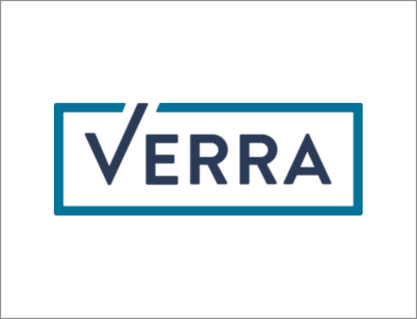 |
The Verra RegistryVerra is a global leader helping tackle the world’s environmental and social challenges by developing and managing standards that help the private sector, countries, and civil society achieve ambitious sustainable development and climate action goals. The standards and programs Verra develops and manages are globally applicable and advance action across a wide range of sectors and activities. Programs undergo extensive stakeholder consultation and expert review, and draw from four key components: standard, independent assessment, accounting methodologies, and registry.
|
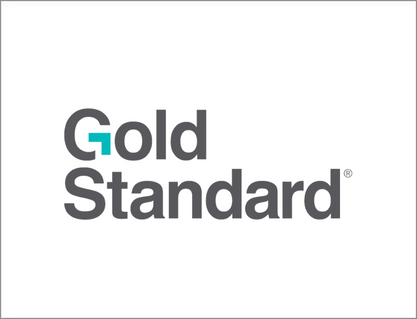 |
Gold StandardThe Gold Standard (GS) is a voluntary carbon offset program focused on progressing the United Nation’s Sustainable Development Goals and ensuring that project’s benefit their communities. It can be applied to voluntary offset and Clean Development Mechanism (CDM) projects. The GS CDM was launched in 2003 after a two-year consultation with stakeholders, governments, non-governmental organizations, and private sector specialists from over 40 countries. The GS for voluntary offset projects was launched in 2006. The GS project registry – containing all projects implemented through the standard was launched in 2018.
|
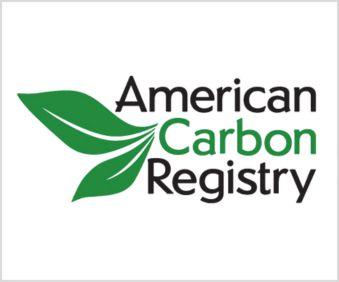 |
American Carbon Registry (ACR)The American Carbon Registry (ACR), a nonprofit enterprise of Winrock International, was founded in 1996 as the first private voluntary greenhouse gas registry in the world. Winrock operates ACR to create confidence in the environmental and scientific integrity of carbon offsets in order to accelerate transformational emission reduction actions.
|
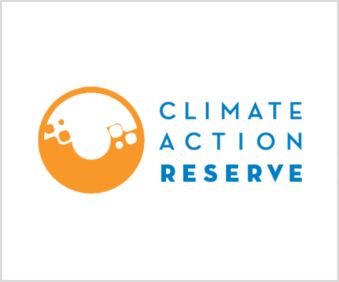 |
Climate Action Reserve (CAR)The Climate Action Reserve (CAR) is an offset registry for global carbon markets. CAR establishes high quality standards for carbon offset projects, oversees independent third-party verification bodies, issues carbon credits generated from such projects and tracks the transaction of credits over time in a transparent, publicly-accessible system.
|
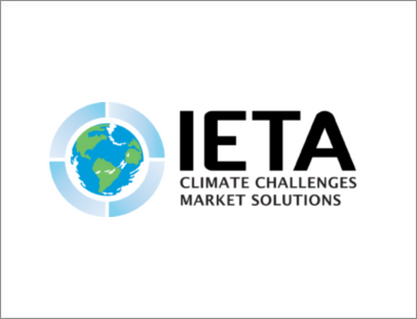 |
International Emissions Trading Association (IETA)The International Emissions Trading Association (IETA) is a non-profit association with more than 250 members who are active stakeholders in the international carbon and emissions markets. The organization was created in 1999 to establish a global framework for greenhouse gas emission reductions trading.
|
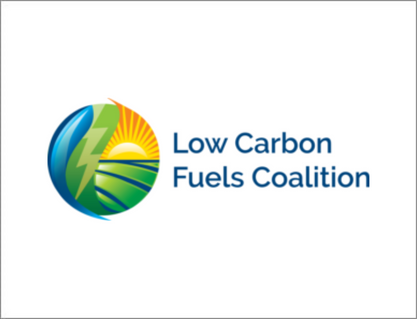 |
The Low Carbon Fuels CoalitionThe Low Carbon Fuels Coalition (LCFC) is a technology neutral trade association dedicated to the support and expansion of market-based low carbon fuel policies. The organization supports market-based low carbon fuel policies that reduce carbon pollution while creating jobs, improving air quality, harnessing waste streams, driving innovation, and stimulating agriculture. |
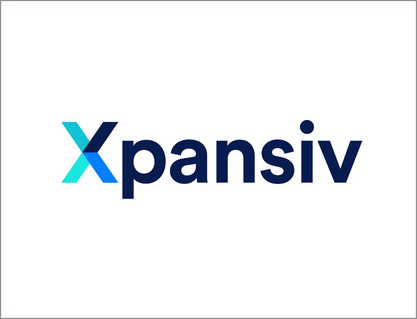 |
Xpansiv CBLCBL has established the first of its kind Standard Instruments Program (SIP) to build on market infrastructure to accompany and govern the launch of spot contracts for the settlement and physical delivery of environmental commodities across existing registries that can be determined as meeting certain defined, standardized criteria for market quality and performance. |
Related Content

Carbon Credits
Carbon credits are created by governments capping the amount of CO2 an entity may emit, and allocating a quantity of credits to entities covered in a regulated jurisdiction or policy regime.

Carbon Markets
Global carbon markets are broken down into two major market types; voluntary carbon markets (also known as VCMs) and compliance carbon markets, which vary by jurisdiction.

Carbon Trading
Carbon Trading is a market-based approach to slowing global warming. Supply and demand set the commodity price on carbon credits, offsets, and renewable energy certificates (RECs).
Environmental Commodities
Learn more about our carbon credit, carbon offset and renewable energy certificate (REC) programs & solutions for compliance and voluntary carbon markets around the world.
